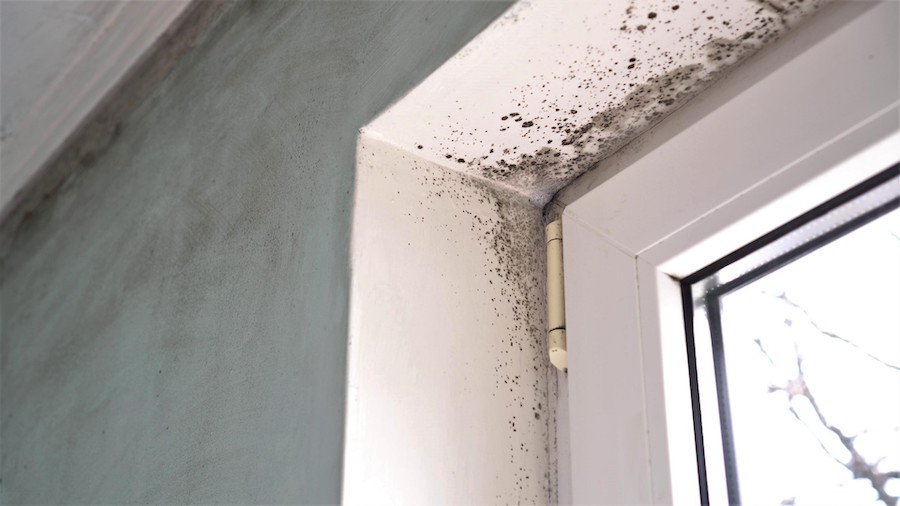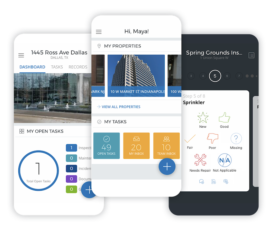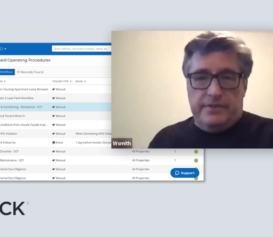When it comes to mold, some municipalities have strict requirements and processes (looking at you, New York City). But what if your state or local law jurisdiction doesn’t have thorough rules on mold prevention & remediation? Your organization can still face extreme financial risks from problems associated with mold. So even if your city is “soft” on mold, your team shouldn’t be.
No matter where your buildings are, proactive, preventive maintenance is needed to minimize the likelihood or impact from huge financial risks.
David Crown, CEO and Founder of L.A. Property Management Group and Crown Commercial Property Management, previously shared a post on Forbes about the importance of preventative maintenance when it comes to mold – and what kinds of financial pitfalls can happen when these risks aren’t mitigated. In this case, one of David’s future clients had to settle with a tenant for $200,000 after identifying mold onsite.
While David notes that it’s impossible to eliminate risks entirely, your team can significantly reduce mold-related liability using preventive maintenance. He suggests specifically focusing on three specific things to reduce your risk (and we’ll suggest some helpful reminders for InCheck users, too):
Have a certified professional check all potential mold hotspots in the unit between tenants
Per David, “The best management companies have in-house employees certified in mold inspections.” Having folks on-staff who can identify mold accurately and efficiently keeps turn times down without sacrificing proper mold prevention. He adds, “Think of this as an ounce of prevention no property owner should go without.”
That said, if you don’t have qualified folks on staff who are certified, it’s worth reaching out to a third party vendor. For InCheck users, it’s easy to log any work performed by certified professionals. That way, you’ll be able to pull up any and all preventive maintenance work performed at each unit, especially when you need documented proof of what was done.
“Inspect, inspect, inspect”
The mantra of many property management teams, for both individual units and spaces across the entire property. When it comes to mold, David mentions inspecting twice a year. Not a bad idea, especially since mold can be more prevalent in different seasons, or occur after specific events.
Of course, it’s not just about the inspections themselves – it’s about the actions you take after each inspection. Or in the case of InCheck, actions you can start while the inspection is still happening. Users on InCheck can automatically trigger response protocols by identifying issues during an inspection, reducing response times and resolving known issues even faster. For teams dealing with known mold issues, this can jump-start critical work without any delay.
Here’s how one team is using automatic work . They’re currently addressing an issue with mold growth on window frames in a particular building. Because of that, they’ve built questions into their inspections that allow workers to note if there’s presence of mold on a window, and how much. If more than 10 sq. ft. of mold is found, specific protocols are automatically triggered to the right staff members (contacting a remediation specialist, documenting specific local law paperwork, and more).
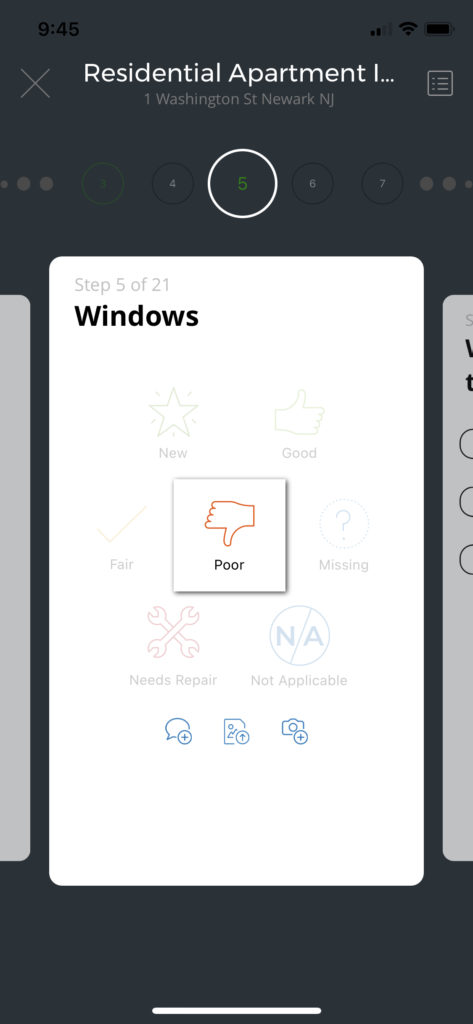
(1) While performing a walkthrough, the inspector marks the window condition as poor.
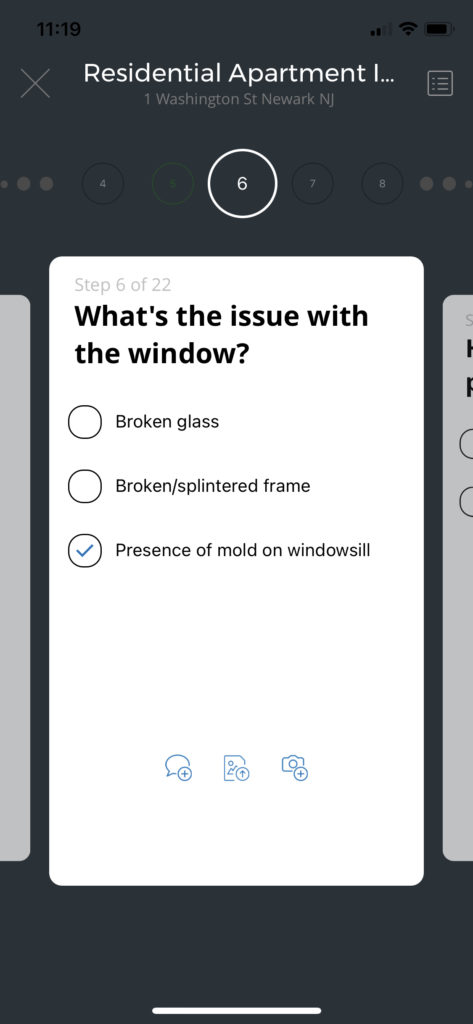
(2) This prompts InCheck to ask for more specific information about the condition of the window.
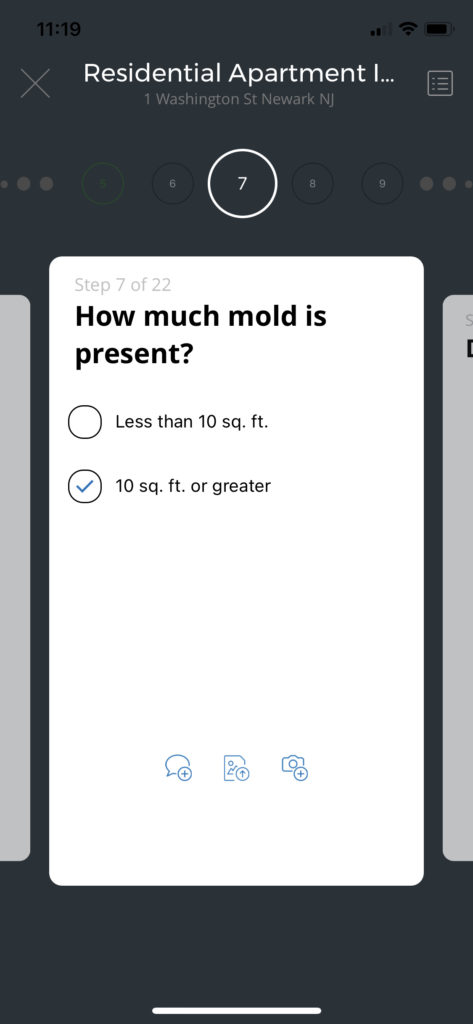
(3) After noting the presence of mold, InCheck asks for additional critical details. Marking the second option automatically assigns specific remediation protocols to staff members.
Install water leak detection devices
A frequent cause of mold is hidden water leaks onsite. Water leak detection devices are great ways to help prevent this root cause of mold before it becomes financially catastrophic. As David says, “this minor expense [of a leak detection device] doesn’t compare to the financially devastating consequences of underpreparing.”
If you’re curious about what kinds of devices to install, check with your third party vendor for suggestions. Tech Hive also has some device recommendations for units.
For more details on David’s three tips, check out his article in Forbes. And to learn more about how InCheck can help you reduce risks beyond mold remediation, visit our Solutions page.
